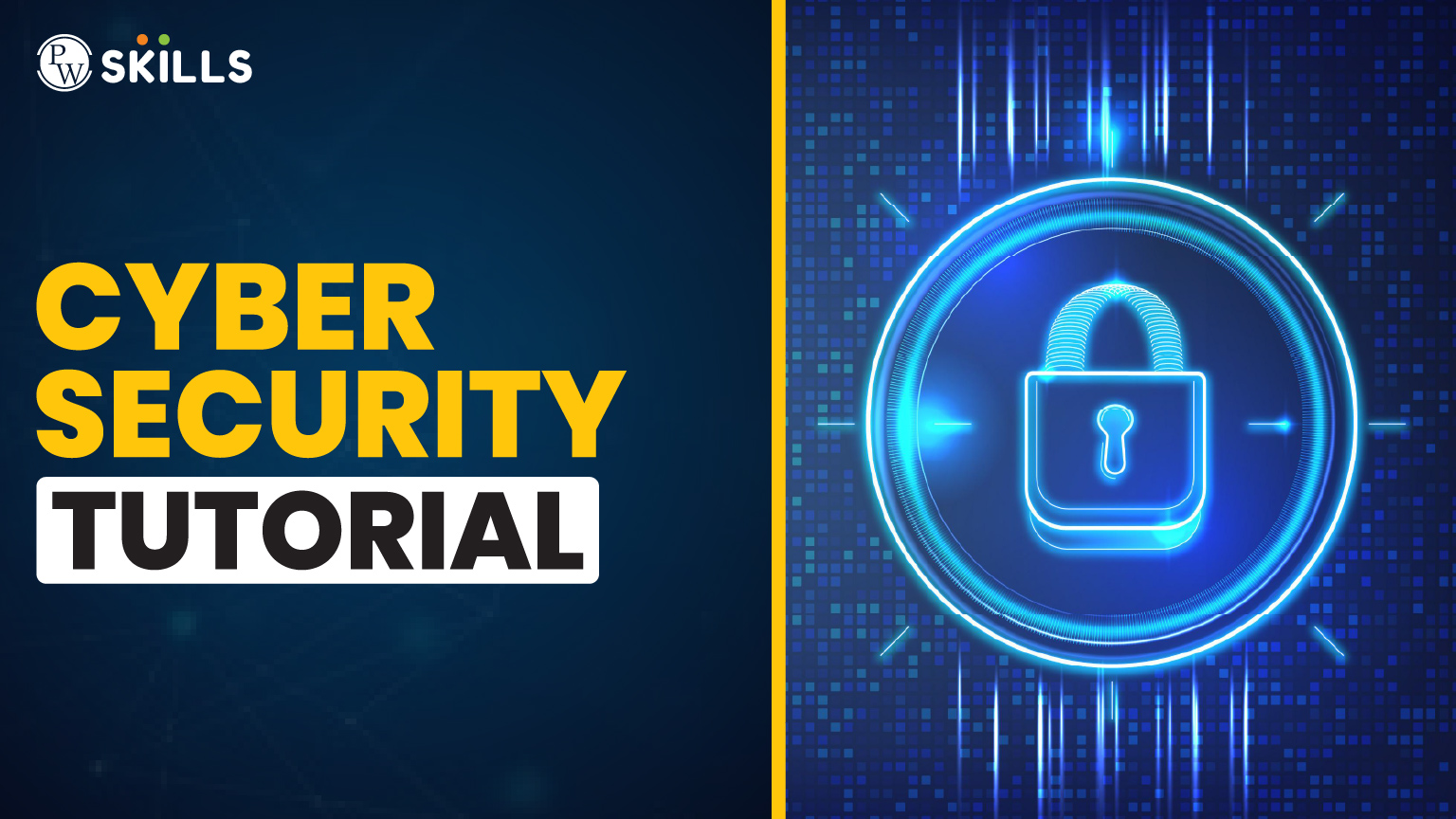Cyber Security Tutorial emphasizes the importance of safeguarding oneself in today’s ever-evolving digital context in the simplest and most effortless manner for all kinds of students and professionals. Checking emails, conducting business, or simply scrolling through Instagram, your data is always at risk. This guide attempts to lay things out clearly with real-life examples and explanations so simple that everyone can understand them.
Cyber Security Tutorial: Now Everything Exists on Cyber Security
Cyber Security Tutorial has been coined since the subject has entered just about all walks of life. From online classes to accessing client files, everyone is a target. Cyber threats like phishing, ransomware, and social engineering aren’t just headlines-they’re happening. The intent of this Cyber Security for Beginners guide is to empower you with a handful of practical protection tips that will work in the real world right now.

Cyber Security Tutorial: Basic Terminologies You Must Know
The cybersecurity field has a number of terminologies that you may hear often; here are a few of them that you should be acquainted with before we go further:
- Malware: Malicious software, which includes viruses, spyware, etc., that damages your system.
- Phishing: Fake emails or websites that try to deceive you into giving them sensitive information.
- Firewall: A digital wall that blocks the entry of untrusted networks into your system.
- Encryption: The locking of access to your data by valid means, so that only a person with code can read it.
- Virtual Private Network (VPN): A virtual network that obscures the true source of location while keeping data private.
In case all of these sound a bit heavy right now, worry not; Cyber Security for Beginners will have you at home with them before you know it.
Cyber Security Tutorial: Good Threats to Know About
This Cyber Security Tutorial looks into the most common cyber threats:
- Phishing Emails: Appear normal, but actually, they trick you into clicking harmful links.
- Ransomware: It locks the files on your computer until you pay a ransom.
- Risks With Public Wi-Fi: Free Wi-Fi is going to be poorly secured-hackers love it.
- Data breaches: Beginning when websites get hacked and passwords are extracted.
- Social Engineering: Someone who gives in to his or her weaknesses to get access or information.
Every smartphone, laptop, and email-using student or working professional should understand the threat in detail. That is what makes this Cyber Security for Beginners tutorial an absolute must-have in the current world.
Also Read: 20 Emerging Cybersecurity Trends to Watch Out in 2025
Cyber Security Tutorial: Some Best Practices
Having studied the threats, the tutorial now provides its protection:
Make use of strong, unique passwords for each account. Never use the same password for any two accounts.
- Enable two-factor authentication (2FA) on all platforms.
- Always perform software and app updates to patch vulnerabilities.
- Avoid public Wi-Fi while performing sensitive transactions unless using a VPN.
- Never click on unknown links or download files from emails considered suspicious.
- Back up your data regularly to an external hard drive or cloud.
Following these simple steps will save you far more than any expensive software. That is the beauty of a clever Cyber Security for Beginners strategy; it is all about awareness.
Cyber Security Tutorial: Careers in Cyber Security You Should Explore
If this Cyber Security Tutorial has kept you interested so far, you will be pleased to know that it is a booming one, unlike any other career field. Companies are actively searching for skilled defenders to guard their systems. As students or professionals, you may consider pursuing these roles:
- Security Analyst
- Ethical Hacker
- Information Security Manager
- Security Consultant
- Network Security Engineer
Becoming a part of a high-paying, challenging, and in-demand career path can become a reality for you fairly quickly with the appropriate certification or a PW Skills course. And yes, turning Cyber Security for beginners into a real occupation is one of the most fulfilling ways.
Cyber Security Tutorial: Essential Tools You Can Use Today
Any cybersecurity tutorial is never complete without tools! Some free and beginner-friendly implementations to consider are
- Antivirus protections: Bitdefender or Avast.
- For private browsing: NordVPN or ProtonVPN.
- For the secure management of passwords: LastPass or Bitwarden.
- To scan your devices: Malwarebytes.
- To verify whether your email has been hacked: Have I Been Pwned?
The tools listed as part of Cyber Security for Beginners are the armor you wear before stepping into the digital world.
Cyber Security Tutorial: A Few Recommendations
This Cyber Security Tutorial is not about mastering the subject immediately; instead, the main aim is awareness. To stay safe, you do not need a degree in computer science; you need the right information and constant practice. Begin with what you have learned here, find good courses, and keep learning. Cyber threats change, but so do you.
Whether you are a student securing online classes or a professional protecting client data, this Cyber Security for Beginners journey is the first real line of defense.
Kickstart your digital defense journey with PW Skills Cyber Security Course
The Cybersecurity course is well suited for students and professionals. Acquire practical skills concerning real-world threats and their countermeasures. So what are you waiting for? Enroll now and secure your future with the backing of experts.
[wp-faq-schema title=”Cyber Security Tutorial FAQs” accordion=1

